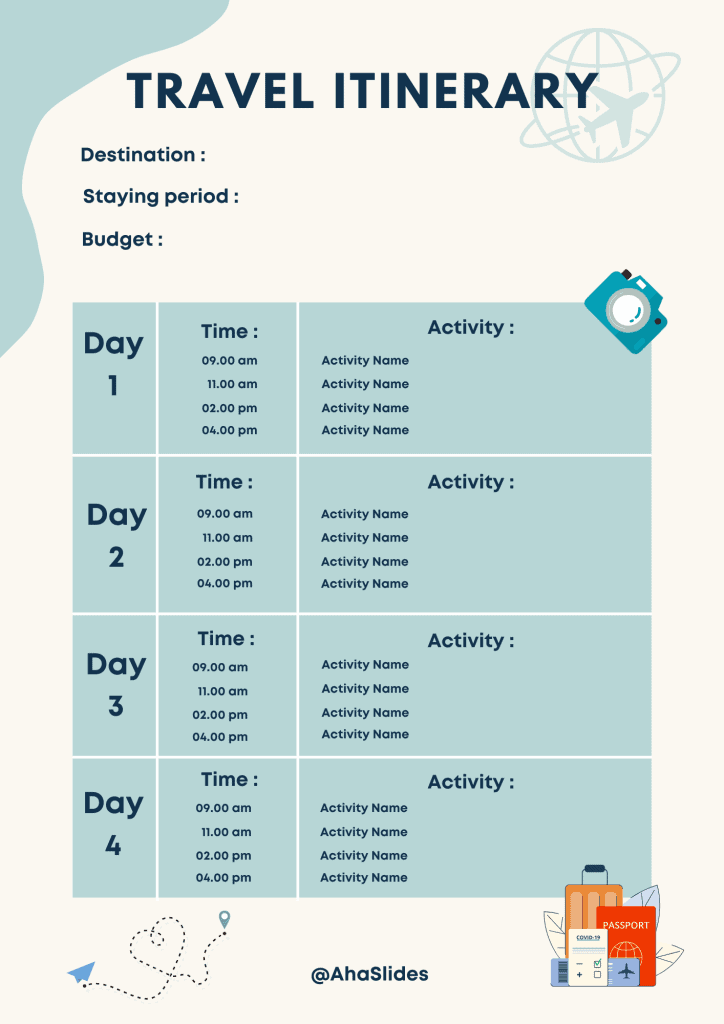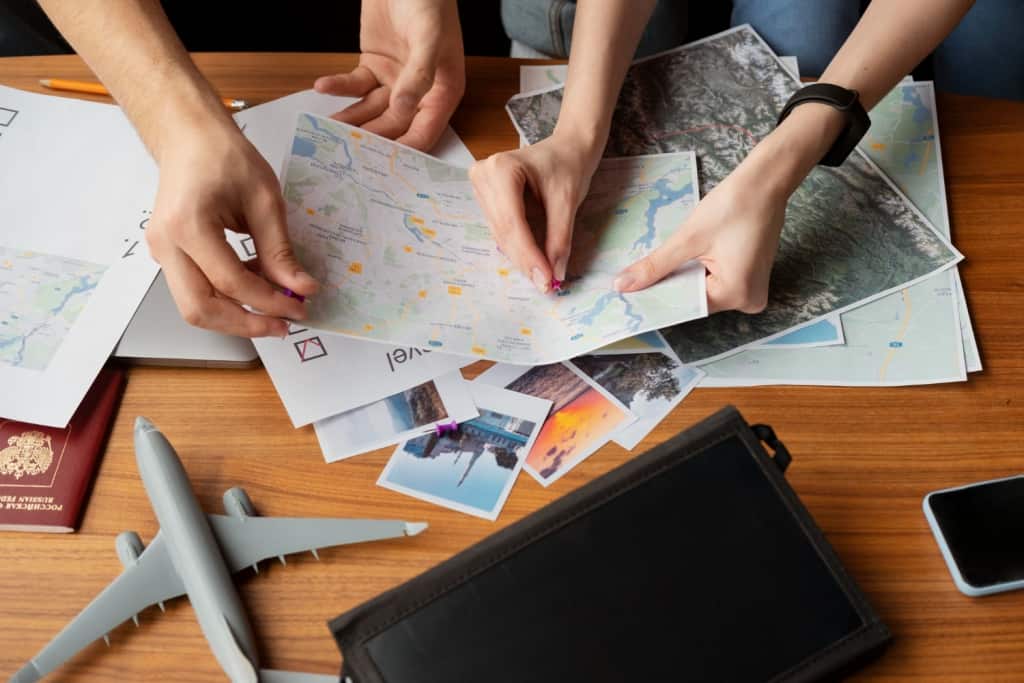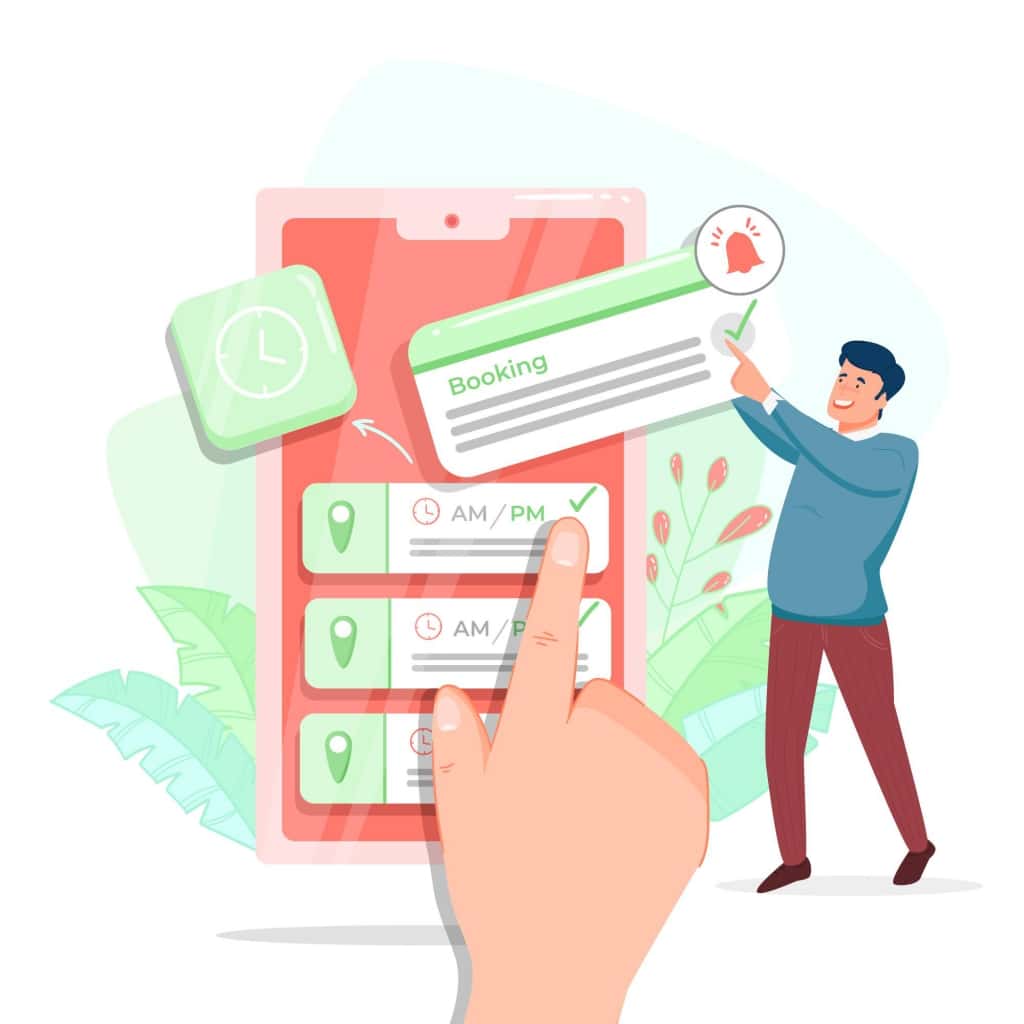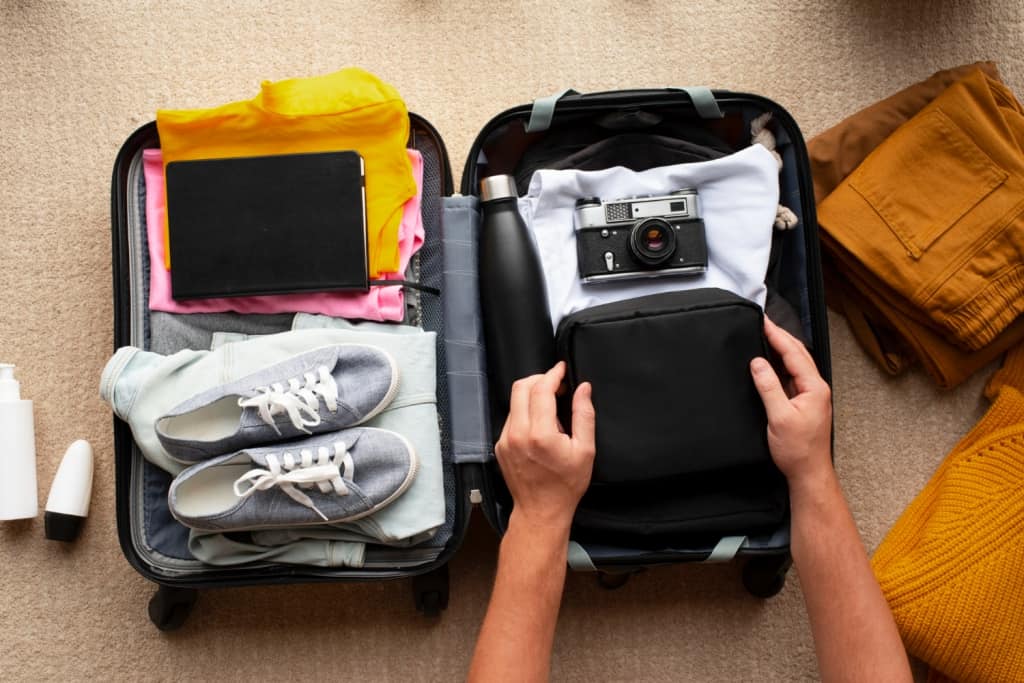Have you ever felt overwhelmed by planning a trip? Rest assured, you're not alone. Planning a trip can be a daunting task, but it's a crucial step towards an enjoyable and stress-free adventure. At the heart of this planning lie two pillars: understanding travel plans and crafting effective travel itineraries.
Join us as we delve into these elements, we'll provide steps for crafting an effective travel itinerary, sharing examples of travel itinerary and tips to make your travel tales unforgettable.
Table Of Contents
- Understanding Travel Plans and Itineraries
- How To Craft An Effective Travel Itinerary?
- Examples Of Travel Itinerary
- Travel Essentials and Safety Tips
- Key Takeaways

Excite the crowd with interactive presentations
Get free quiz templates. Sign up for free and take what you want from the template library!
🚀 Get Free Templates ☁️

Understanding Travel Plans and Itineraries
What Is A Travel Plan?
A travel plan is like a roadmap for your trip. It's a detailed outline of your travel goals, including where you want to go, what you want to do, and how you'll get there. Here's what a travel plan typically includes:
- Destination: The places you intend to visit during your trip.
- Activities: The things you want to do and experience at each destination.
- Accommodation: Where you'll stay during your trip.
- Transportation: How you'll get from one place to another, whether by plane, train, car, or other means.
- Budget: An estimate of how much money you'll need for your trip.

What Is A Travel Itinerary?
A travel itinerary is like a schedule for your trip. It provides a day-by-day breakdown of your activities, helping you stay organized and make the most of your time. Here's what a travel itinerary typically includes:
- Date and Time: The specific dates and times for each activity or location.
- Activity Details: A description of what you'll be doing, such as visiting a museum, going hiking, or enjoying a local restaurant.
- Location: Where each activity takes place, including addresses and contact information.
- Transportation Details: If you're moving from one place to another, your itinerary will specify how you'll travel and the departure and arrival times.
- Notes: Any additional information, such as reservation details, admission fees, or special instructions.
Why Are They Important?
Travel plans and itineraries serve several important purposes:
- They help you stay organized and ensure you don't miss out on the things you want to see and do.
- They assist in managing your expenses by outlining costs in advance.
- They make your trip more efficient, maximizing your time and minimizing unnecessary stress.
- They provide a structured plan, which can be crucial in case of emergencies or unexpected situations.
How To Craft An Effective Travel Itinerary?

An Effective Travel Itinerary helps you make the most of your journey by organizing your activities and ensuring you have a smooth and enjoyable trip. Here's a simple guide to help you craft your travel itinerary:
1/ Research and Plan:
The best way to start your trip is to brainstorm a list of must-see and must-do experiences.
2/ Must-See Places and Activities:
List the must-visit places and activities at your destination. Research and prioritize based on your preferences.
3/ Allocate Days and Time:
Divide your trip into days and allocate time for each activity. Consider travel time and how long you'd like to spend at each location.
4/ Create a Daily Plan:
Organize activities for each day, starting in the morning and ending in the evening. It's important to be realistic about what you can achieve in a day, especially when traveling.
5/ Consider Practicalities:
Note down addresses, opening hours, ticket prices, and any reservations you need to make. This will help you stay organized.
6/ Details and Flexibility:
Add important details like addresses, contact numbers, and reservation info. Leave some free time for spontaneity or adjusting plans.
7/ Keep a Digital Copy:
Store your itinerary digitally for easy access during the trip. You can use apps, email, or take screenshots.
By following these steps, you'll have a clear and efficient travel itinerary that ensures you make the most of your adventure. Remember, the key to a great itinerary is balance. Don't pack too much into a day, and allow for some free time to explore and enjoy unexpected discoveries.

Examples Of Travel Itinerary
Example 1: Weekend Getaway to a City - Examples of travel itinerary
| Day | Time | Activity |
| Day 1 | 9:00 AM | Arrival and check-in at Hotel |
| 11:00 AM | Visit Central Park | |
| 1:00 PM | Lunch at a local cafe | |
| 2:30 PM | Explore The Met | |
| 6:00 PM | Dinner at a nearby restaurant | |
| 8:00 PM | Times Square and Broadway show | |
| Day 2 | 8:00 AM | Breakfast and travel to the Statue of Liberty |
| 10:00 AM | Statue of Liberty and Ellis Island visit | |
| 1:00 PM | Lunch at Battery Park | |
| 3:00 PM | Explore the 9/11 Memorial and Museum | |
| 6:00 PM | Dinner at a cozy restaurant in Greenwich Village | |
| 8:00 PM | Evening walk along the Hudson River | |
| Day 3 | 9:00 AM | Breakfast and check-out |
| 10:00 AM | Visit Empire State Building | |
| 12:00 PM | Shopping at Fifth Avenue | |
| 2:00 PM | Lunch and final exploration | |
| 4:00 PM | Departure |
Example 2: Weeklong Beach Vacation- Examples of travelitinerary
| Day | Time | Activity |
| Day 1 | 2:00 PM | Arrival and check-in at Beachfront Resort |
| 4:00 PM | Beach relaxation and sunset watching | |
| 7:00 PM | Dinner at a local beachside restaurant | |
| Day 2 | 9:00 AM | Breakfast at the resort |
| 10:00 AM | Snorkeling at Molokini Crater | |
| 1:00 PM | Lunch on a beach picnic | |
| 3:00 PM | Explore Haleakalā National Park | |
| 7:00 PM | Dinner at various local eateries | |
| ... | ... | .... |
| ... | ... | .... |
| Day 7 | 7:00 AM | Sunrise at Hana Highway |
| 9:00 AM | Breakfast and last-minute beach time | |
| 12:00 PM | Check-out and departure |
Here are some additional templates and Examples Of Travel Itinerary for you.
- JotForm: Trip Planning Template
- Examples.com: Travel Planner Templates
- ClickUp: Itinerary Templates
- Template.net: Travel Itinerary Example
Travel Essentials and Safety Tips
Here are some simple and essential travel tips to ensure a safe and enjoyable journey:
Travel Essentials:
- Passport and Tickets: Always carry your passport, tickets, and necessary identification. Make copies in case of loss.
- Money and Payment: Carry enough cash for your trip and have a credit/debit card for emergencies. Keep them in separate, secure locations.
- Travel Insurance: Invest in travel insurance to cover unexpected events like trip cancellations, medical emergencies, or lost belongings.
- Basic Medications: Pack a small medical kit with essentials like pain relievers, band-aids, antacids, and any personal prescription medications.
- Chargers and Power Banks: Bring chargers for your devices and a power bank to keep them charged throughout the day.
- Weather-Appropriate Clothing: Pack clothes suitable for the weather at your destination. Check the forecast before you leave.
- Comfortable Shoes: Bring comfortable shoes for walking and exploring.
- Travel Adapters: If traveling internationally, carry travel adapters to fit local power outlets.

Safety Tips:
- Stay Informed: Research your destination, and understand local laws, customs, and potential safety concerns.
- Share Your Itinerary: Share your travel plans and itinerary with a trusted person. Stay in touch regularly.
- Use Reputable Transportation: Opt for reputable and licensed transportation services. Verify prices before agreeing to any service.
- Stay in Safe Areas: Choose accommodations in safe, well-traveled areas and read reviews before booking.
- Avoid Displaying Valuables: Keep your valuables discreet and avoid displaying them in crowded areas.
- Stay Vigilant in Crowded Places: Be cautious of pickpockets in crowded tourist spots. Keep your belongings secure.
- Emergency Contacts: Save local emergency numbers and the nearest embassy's contact information in your phone.
- Trust Your Instincts: If you ever find yourself feeling uneasy, don't hesitate to remove yourself from it.
By keeping these travel essentials and safety tips in mind, you can ensure a smoother and safer travel experience. Happy travels!
Key Takeaways
Creating a well-structured travel itinerary is fundamental to making the most of your journey, ensuring you don't miss out on memorable experiences at your chosen destination. Hopefully, with our examples of travel itinerary, you can create your own itinerary successfully.
Moreover, in the age of technology, AhaSlides provides an innovative way to enhance your travel adventure. Incorporating quizzes and game activities, using AhaSlides templates can add an interactive and entertaining dimension to your itinerary. Imagine testing your knowledge about the places you visit or sparking friendly competitions during your journey—all of which contribute to an unforgettable travel experience.
So, as you plan your next adventure, consider utilizing AhaSlides to infuse some fun and interactive elements into your travel itinerary. Happy traveling and may your journeys be as enlightening as they are enjoyable!
Frequently Asked Questions:
What is a good travel itinerary?
A good travel itinerary offers all the necessary information for a trip, helping us enjoy our holiday with extra details such as scheduled activities, important items to bring or flight information.
What are the 4 types of travel itinerary?
There are 4 types of travel itinerary, including traveller՚s itinerary, tour manager՚s itinerary, escort or guide՚s itinerary, vendor՚s itinerary and coach driver՚s itinerary.








